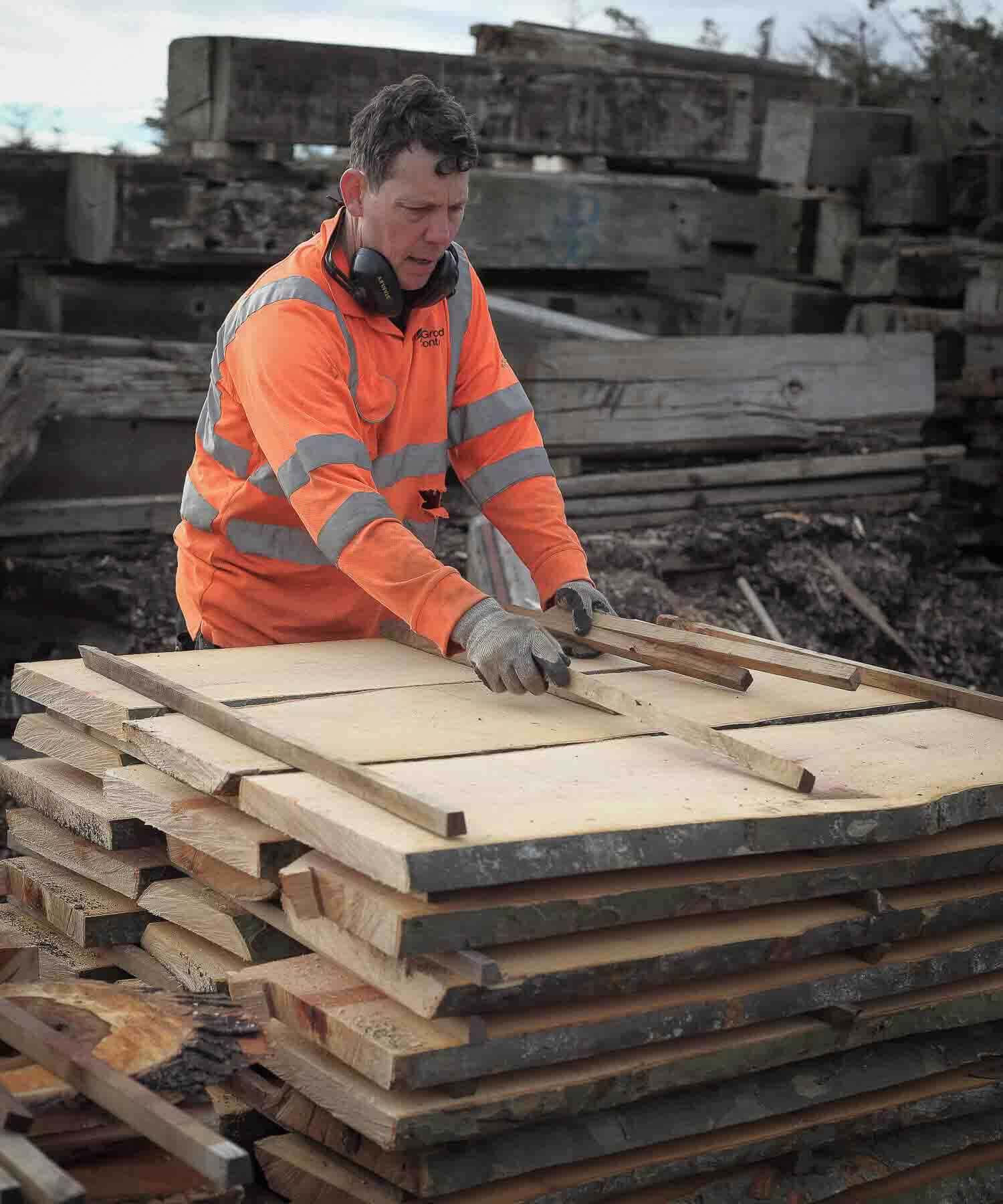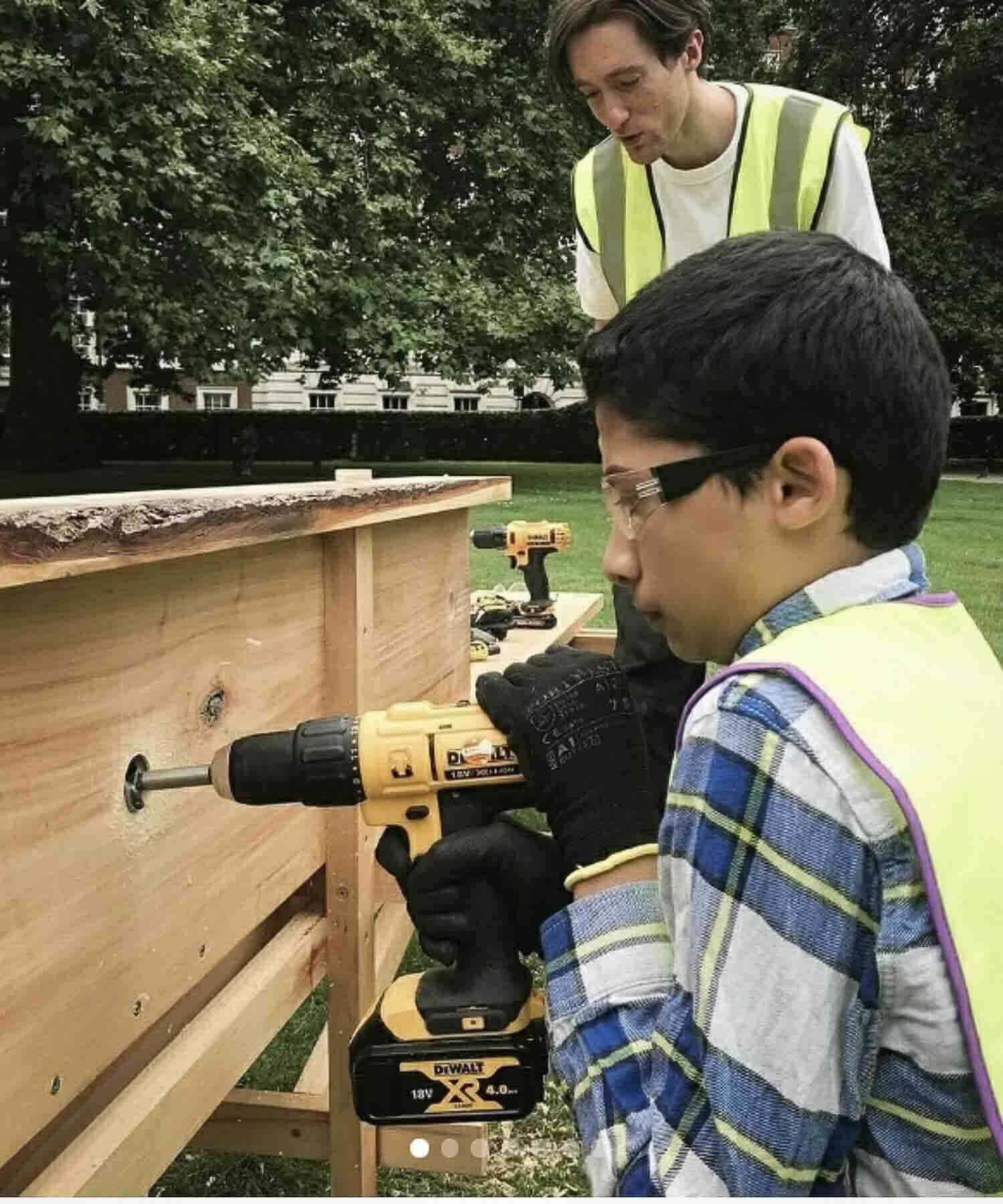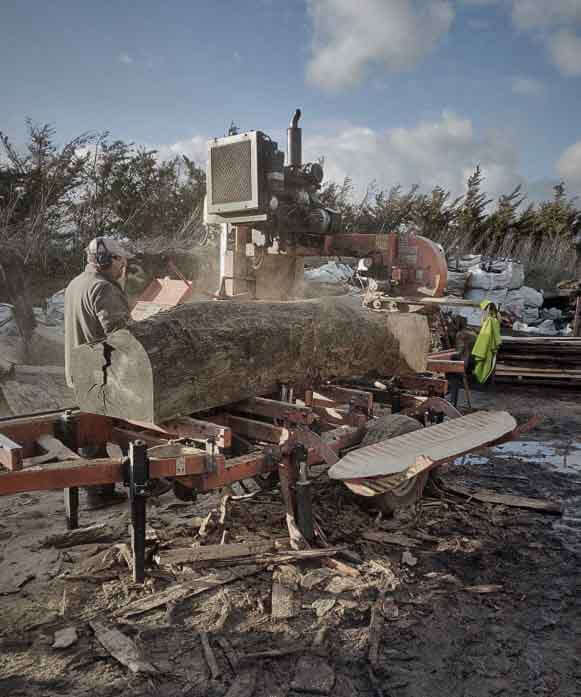We mill and season the wood we sell and use to make furniture - from trees that have fallen or been felled in and around London.
Without us, most of these urban trees would be chipped and burned. We find out about them from our 'tree champions' - councils officers, tree surgeons and local people who, like us, are eager to give fallen trees a second life.
Turning a huge tree trunk into hardwood timber to make furniture takes time, investment and a lot of heavy lifting. Find out what's involved below.








